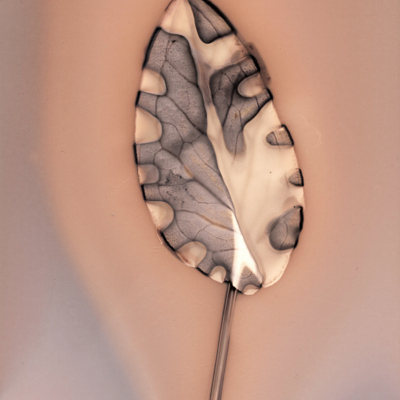In 2016, la Fondation Thalie co-produced La possibilité d’un rêve, a film by Philippe Terrier-Hermann, for which Smaïn Laacher’s research has largely influenced his writing.
Sunday 28 January, BOZAR will show the artist’s film at 18:00. The screening will be followed by a discussion between the artist and the sociologist.
Address: Rue Ravenstein 23, 1000 Brussels
La possibilité d’un rêve
Film by Philippe Terrier-Hermann, screenplay in collaboration with sociologist Smaïn Laacher
67’
With Gabrielle Lazure, Tanya Lopert, Judith Magre, Mireille Perrier, Nathalie Richard, Pascal Amando, Julien Béramis, Corentin Fila, Nessim Kahloul et Mehdi Meskar.
With the support of Centre Pompidou, Paris, Pôle image Haute-Normandie and the Fondation Thalie, Brussels
Just like a court granting a right to the ground in bodies in weightlessness, five feminine figures collect in video conference immigrants’ testimonies. These narratives say a lot about it on imperious needs, even in situation of distress and big dispossession, to find familiar gestures, those who framed formerly the practices of habit: cultivate the earth, harvest, cook, sing, meet … The meeting place, the island, will allow them by a return at the earth, in the simplicity of gestures and feelings, to find itself in habits which the journey broke. Because even when we have nothing more there is still ourself.
An island, Sicily, a metaphoric and symbolic space
This movie consists of two parts, the particularly discursive first one with a rather abstract proposal of meeting between two worlds by interposed camera questions the migrants’ narrative and its reception by western women. The second part, the epilogue, goes further, it proposes a real meeting in a symbolic but very real space, a possibility of outcome.
This meeting takes place in an alternative farm situated in a littoral nature reserve in Sicily. This place is an island on an island and contain in it the metaphoric and utopian space. Sicily is in the center of the Mediterranean, geographically African and politically European, its culture is a learned interbreeding. This nature reserve, as Sicily has been crossed over by multiple peoples in its history, it is Italian for 150 years and became one of the doors for the illegal immigration in Europe. This earth was nevertheless Phenician, Greek, Arabic, Norman … but the law does not authorize the allochthon to established there, just like we tear away exogenous plants from the reserve. The prickly pear and the mandrake have, on the other hand, the authorization to stay because they are known for many years…
The question of the welcome of the migrants in Europe often generates questionings and sterile debates. On the contrary, the example of Riace, a village of Calabria of 1500 inhabitants welcomed more than 10 years ago more than 400 migrants and was able to make relive its economy and its social life.
This farm and its idyllic location in the Sicilian scrubland is the symbol of a project of returning to nature, to a lifestyle which implies short circuits and simple solutions. This new community settles down in a rural lifestyle, agricultural works, collecting wood, preparation of the ground, picking, cooking, singing…
Philippe Terrier-Hermann (France, 1970)
After studying photography at the School of the Art Institute of Chicago, he did his first work, Intercontinental 1996-2000 at the Rijksakademie in Amsterdam. His work unfolds in the form of videos and photographs, which share the will to highlight our fascinations and our conditioning towards certain archetypes.
A professor of sociology at the University of Strasbourg, Smaïn Laacher is also director of the Centre Constructions de l’Europe, mobilités and frontiers (Centre for the construction of Europe, mobility and borders). From 1998 to 2014, he was a judge assessor representing the United Nations High Commissioner for Refugees (HCR) at the National Court of Asylum (Paris). He is a specialist in the forced displacement of populations. He will talk to us about his new book ‘Un Sociologue a la Cour Nationale du Droit d’Asile’ (a sociologist at the National Court of Asylum) to be published in March by Gallimard.
With the cooperation of:






